Closely linked to prehistory is Geology and Anthropology, to whose sciences it is necessary and important to refer when it comes to studying the most primitive in testimony of human culture and, more specifically, of art.
Íntimamente ligado con la prehistoria se halla la Geología y Antropología, a cuyas ciencias es necesario e importante referirnos cuando se trata de estudiar lo más primitivo en testimonio de la cultura humana y, más concretamente, del arte.
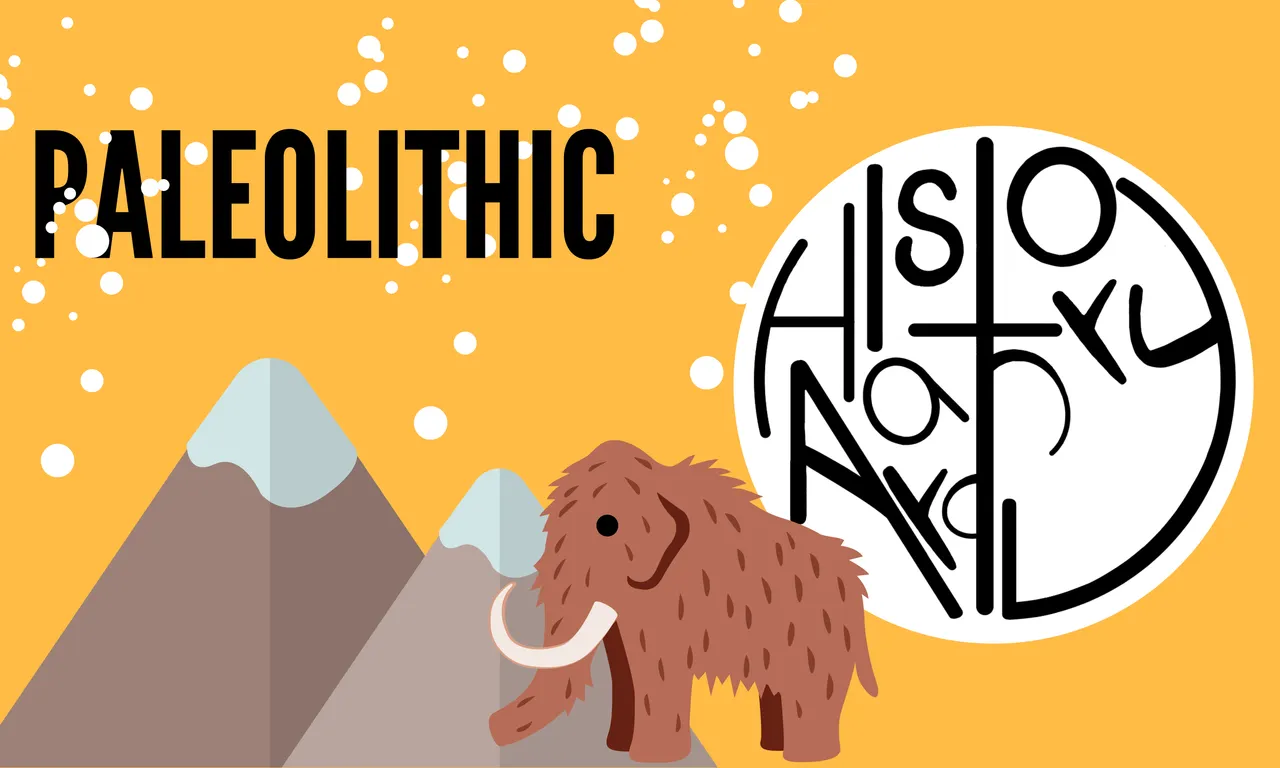
Art in the Paleolithic:
It seems that we have followed the trail of human beings through the entire great geological division called "Quaternary Epoch", until we reach another of the great divisions of it named "Tertiary epoch"*, by finding bones and useful tools.
Arte en el paleolítico:
Parece que hemos seguido el rastro de los seres humanos a través de toda la gran división geológica llamada "Época cuaternaria", hasta llegar a otra de las grandes divisiones de la misma que lleva el nombre de "época terciaria", mediante el hallazgo de restos de huesos y herramientas útiles.
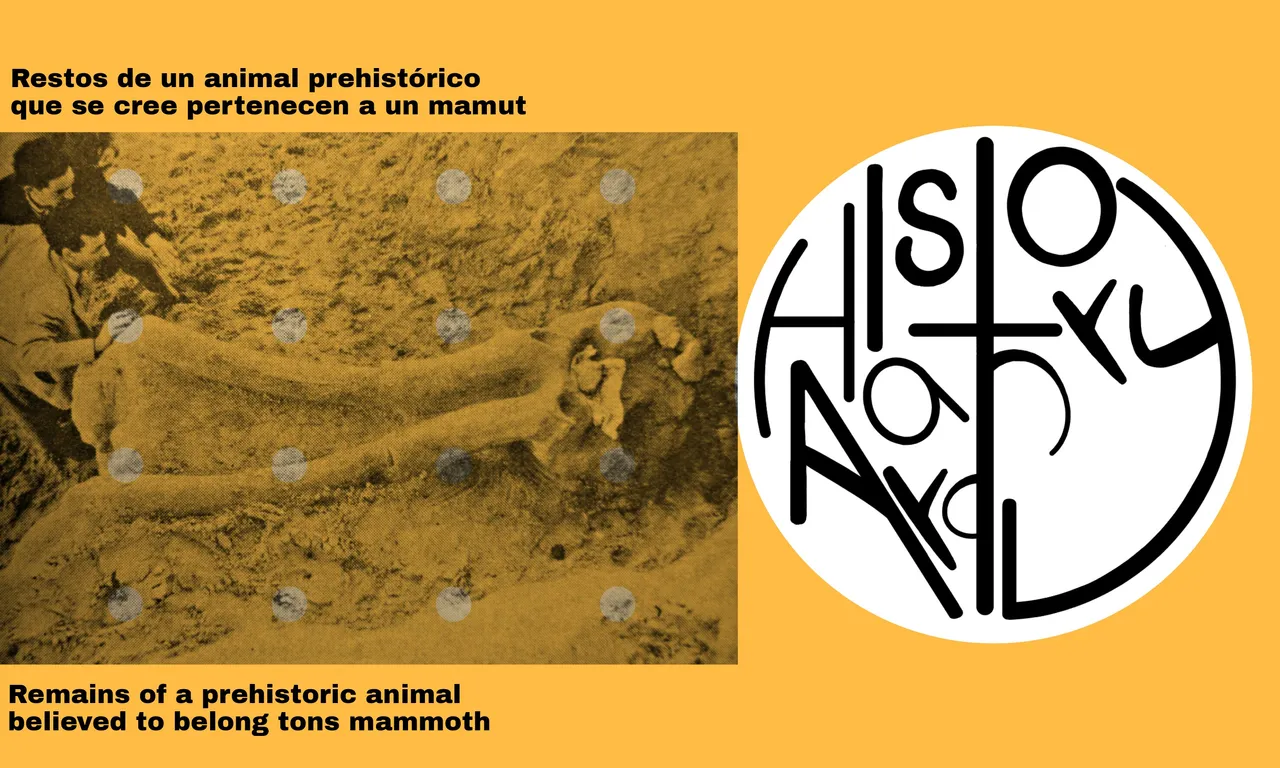
At present there are doubts whether the bones that are classified as tertiary really are, the signals in bones of tertiary animals, which were supposed to be evidence of their use by man, they can come from a thousand natural causes also the deposits of stones that were intended were intentionally worked or used by the human in those times so ancient, do not come to prove the existence in it, since it is said that these accumulations of stones could also be so thanks to natural agents different from man.
⛰️❄️
En nuestra actualidad existen dudas en si los huesos que están clasificados como terciarios realmente sí lo son, las señales en huesos de animales terciarios, que se suponían pruebas de su utilización por el hombre, pueden provenir de mil causas naturales asimismo los depósitos de piedras que se pretendían fueron trabajadas intencionadamente o utilizadas por el humano en esos tiempos tan antiguos, no llegan a probar la existencia en la misma, ya que se dice que esas acumulaciones de piedras también pudieron estar así gracias a agentes naturales diferentes al hombre.
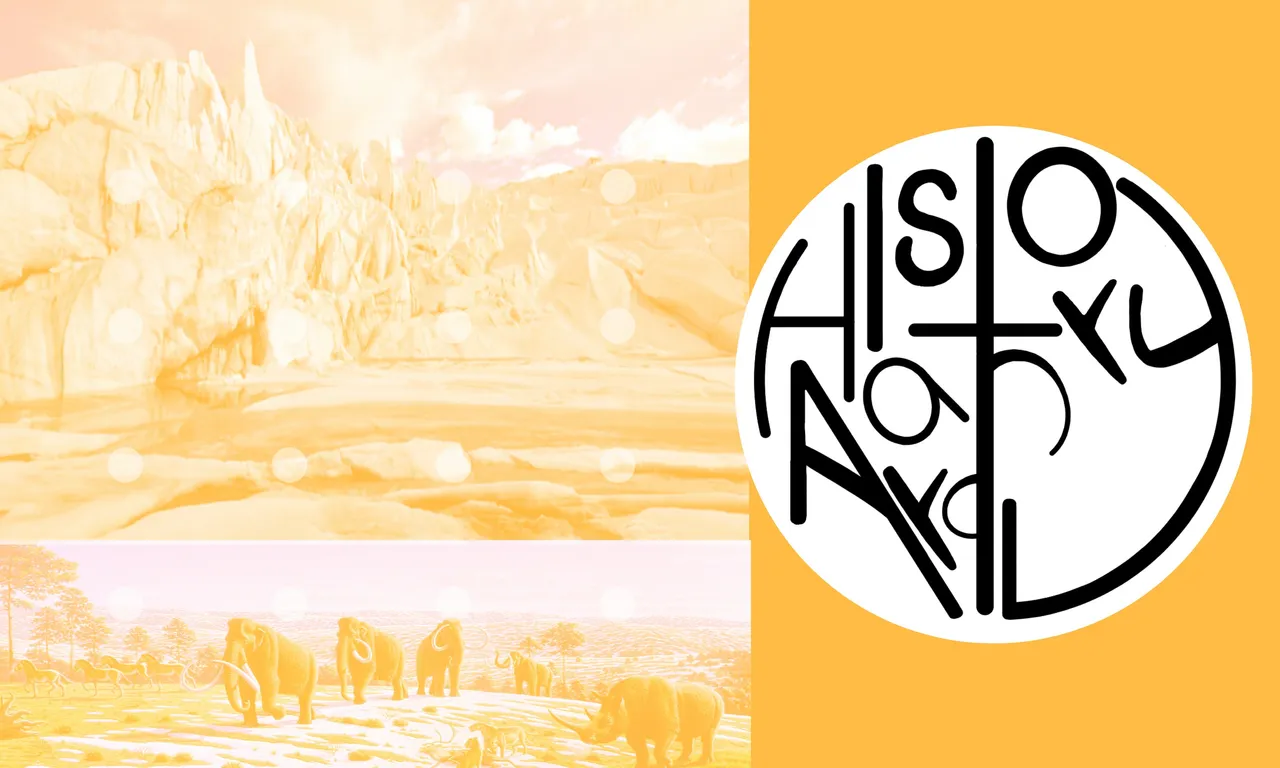
Probably before the human being used the first instruments that we know of him, he went through much more primitive phases and that an evolution was verified, meanwhile there are no remains clearly associated with the human remains, whether they are eolithic remains, It is not possible to say that such stones are useful remains.
The first documents confirmed and certain of the occupation of the Earth by the human being, are in the quaternary epoch, geologically characterized by a succession of glacial periods in which the temperature decreases, forming large ice sheets that occupied much of the planet, and other storms where the climate was temperate and this ice was removed from those territories they occupied.
Probablemente antes de que el ser humano utilizara los primeros instrumentos que de él conocemos, se pasó por fases mucho más primitivas y que se verificase una evolución, mientras tanto no se hallen restos asociados claramente con los restos humanos, ya sean restos eolitos, no es posible afirmar que sean tales piedras restos útiles.
Los primeros documentos confirmados y seguros de la ocupación de la Tierra por el ser humano, hállanse en la época cuaternaria, geológicamente caracterizada por una sucesión de periodos glaciares en los cuales decrece la temperatura, formando grandes capas de hielo que ocuparon gran parte del planeta, y otros temporales en donde estaba templado el clima y este hielo se retiraba de aquellos territorios que ocupaban.
From these periods glaciers have remained numerous traces, especially fossils of those accumulations of ice called "Glaciers", which, equipped with movement, advance through the grounds formed in the interglacial temperate phases. This aside from the fauna and flora that lived there.
De estos periodos glaciares han quedado numerosos rastros, sobre todo fósiles de aquellas acumulaciones de hielos llamadas "Glaciares", que, dotadas de movimiento, avanzan por los terrenos formados en las fases templadas interglaciares. Esto a parte de la fauna y flora que vivía ahí.

Thanks to the stratigraphy of the remains of glacial weather in different parts of Europe (especially in the Alps), it has been possible to set the number of glacial periods at four. Among them are three interglacial periods, after the last glacial time, various oscillations in which the glaciers recede and advance alternately, marking the transition to the current geological epoch.
Currently the oldest testimonies of the existence of the human being correspond to the second interglacial period, what was found in France were utensils made very rudimentarily worked in a crude way (which are characterized in the archaeological period called prechelense) and a human jaw found in Mauer. Within the study of the characteristics of these tools are subdivided into different periods: lower paleolithic and upper paleolithic.
Gracias a la estratigrafía de los restos de los tiempo glaciares en diferentes lugares de Europa (sobre todo en los Alpes), se ha podido fijar el número de periodos glaciares en cuatro. Entre ellos hay tres periodos interglaciares, después del último tiempo glaciar, diversas oscilaciones en las cuales los glaciares retroceden y avanzan alternativamente, marcando la transición a la época geológica actual.
Actualmente los testimonios más antiguos de la existencia del ser humano corresponden al segundo periodo interglaciar, lo que se encontró en Francia fueron utensilios hechos muy rudimentariamente trabajados de manera tosca (los cuales se caracterizan en el periodo arqueológico llamado prechelense) y una mandíbula humana hallada en Mauer. Dentro del estudio de caracteres de dichos útiles se subdividen en diversos periodos: paleolitico inferior y paleolítico superior.
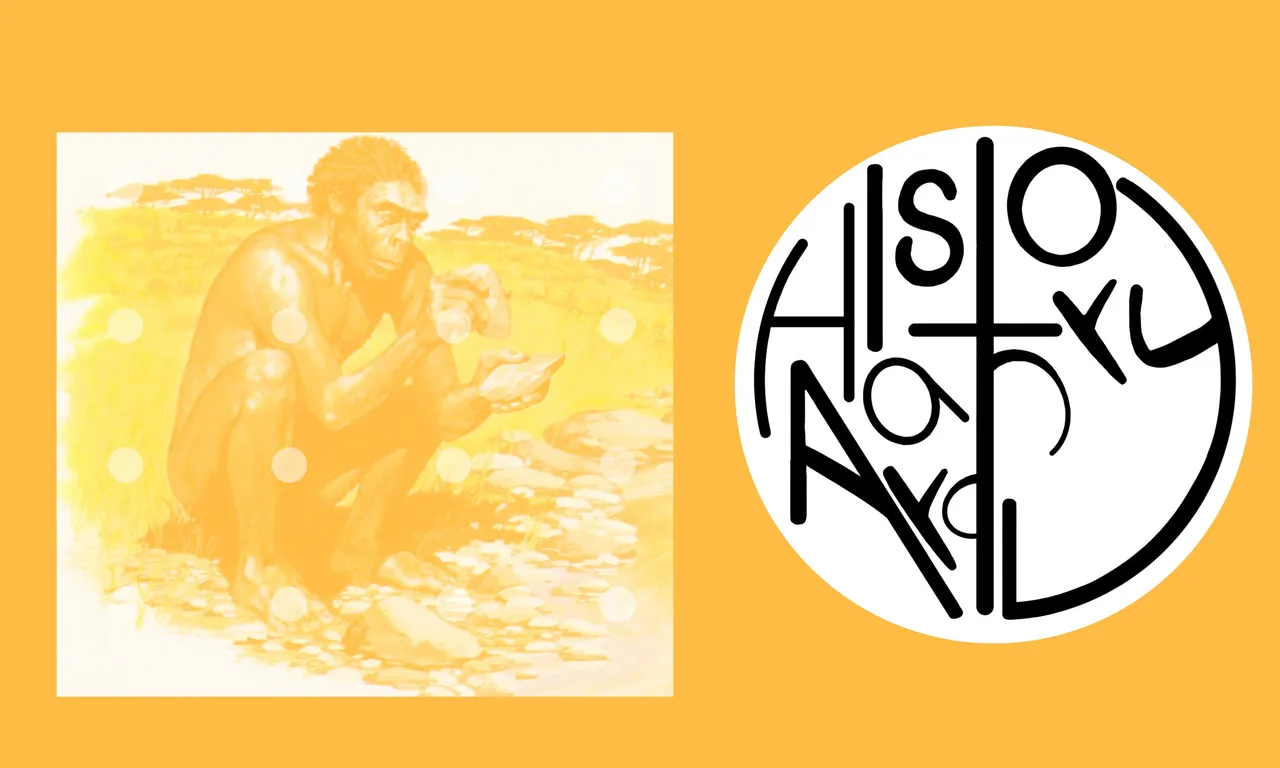
Lower Palaeolithic: Geologically occupies the time between the second interglacial period and the beginning of the fourth glacial period, the following archaeological periods correspond; Prechelense, Chelense, Anchelense and Musteriese (so named in memory of the French stations of Chelles, Saint Acheul and Le Mounstier), belonging to the human remains that from the lower paleolithic we know to the race called Neanderthal (name of the German population where such findings come from), whose skeletons were less than 5 feet tall.
Upper Paleolithic: Geologically extends from the end of the fourth glacial period to the end of the second of the post-glacial oscillations. It is composed of stages; auriñaciense, solutrense and magdaleniense, named after the French stations of Aurignac, Solutré and La Madeleine, constituting the human remains of the Upper Paleolithic have preserved the Cro-Magnon said race (so-called French station), whose average height in males was two meters.
Paleolítico inferior: Geológicamente ocupa el tiempo comprendido entre el segundo periodo interglaciar y el comienzo del cuarto periodo glaciar, corresponden los siguientes periodos arqueológicos; prechelense, chelense, anchelense y musteriese (denominados así en recuerdo de la estaciones Francesas de Chelles, Saint Acheul y Le Mounstier), perteneciendo los restos humanos que del paleolítico inferior conocemos a la raza llamada Neanderthal (nombre de la población Alemana donde proceden tales hallazgos), cuyos esqueletos tenía una estatura inferior a 1,50m.
Paleolítico superior: Geológicamente se extiende desde el fin del cuarto periodo glaciar hasta el fin de la segunda de las oscilaciones posglaciares. Está integrado por etapas; auriñaciense, solutrense y magdaleniense, que reciben sus nombres por las estaciones francesas de Aurignac, Solutré y La Madeleine, constituyendo los restos humanos del paleolítico superior se han conservado la raza dicha de Cro-Magnon (estación francesa así llamada), cuya estatura media en los varones era de dos metros.
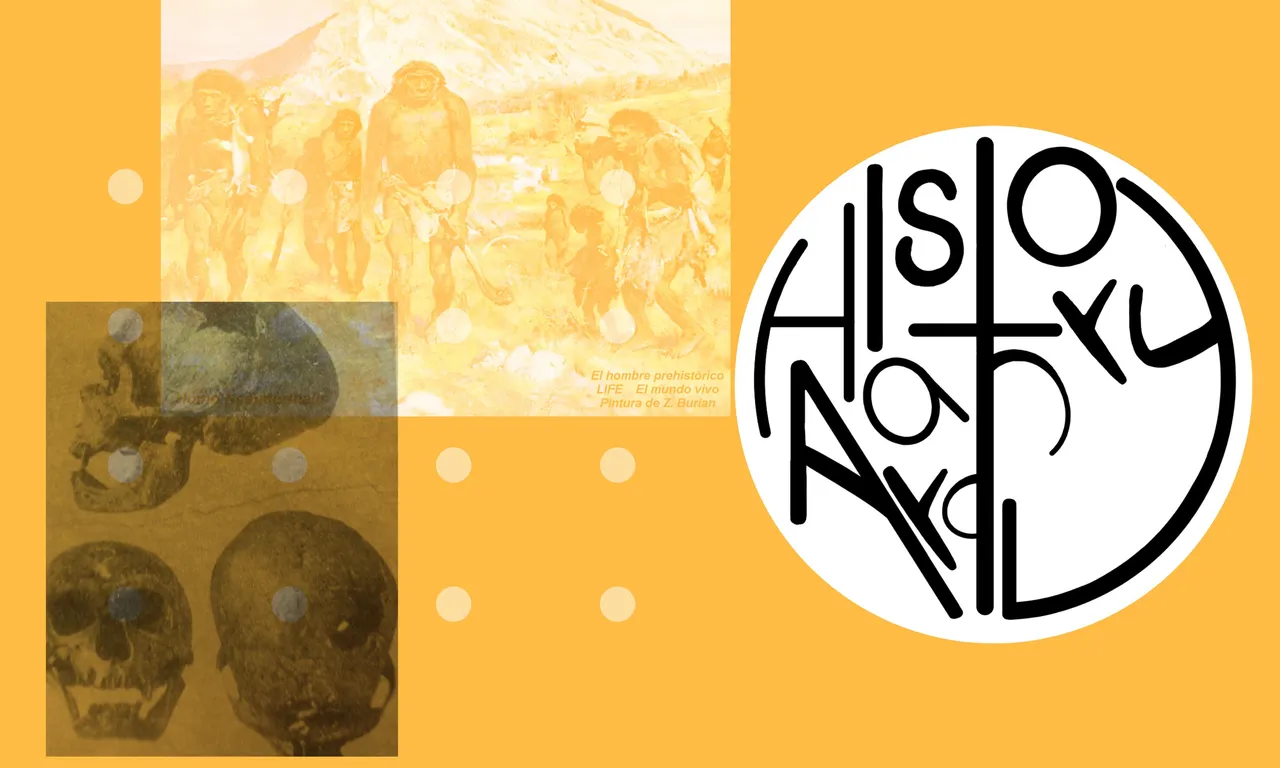
Within the lower Paleolithic surely the human being must have had a primitive culture, living nomadic nourishment of totally natural products in addition to hunting. The remains are reduced to fragments of flint and lascas, which undergo a process of improvement, thus reaching the hand axe. In the beginnings of its evolution it hardly differs from a vulgar stone.
Already the upper paleolithic culture marks a remarkable progress over that of the lower paleolithic, it could be compared to the state of civilization of the current indigenous peoples. There is knowledge that the Upper Paleolithic human was dressed, adorned with feathers and necklaces. And it is likely that he began his social life and worship by joining tribes and having totems, for example, with a sacred respect for the deceased; graves of such times have been found...
Dentro del paleolítico inferior seguramente el ser humano debió tener una cultura primitiva, viviendo nómada nutriéndose de productos totalmente naturales además de la caza. Los restos se reducen a fragmentos de sílex y lascas, que van sufriendo un proceso de perfeccionamiento, llegando así al hacha de mano. En los comienzos de su evolución apenas y se diferencia de una piedra vulgar.
Ya el paleolítico superior la cultura marca un notable progreso sobre la del paleolítico inferior, se la podría comparar a el estado de civilización de los actuales pueblos indígenas. Existen conocimientos de que el ser humano paleolítico superior se vestía, se engalanaba con plumas y collares. Y es probable que comenzara su vida social y el culto uniéndose a tribus y teniendo tótems, por ejemplo, con un respeto sagrado a los difuntos; se han hallado sepulturas de tales tiempos...
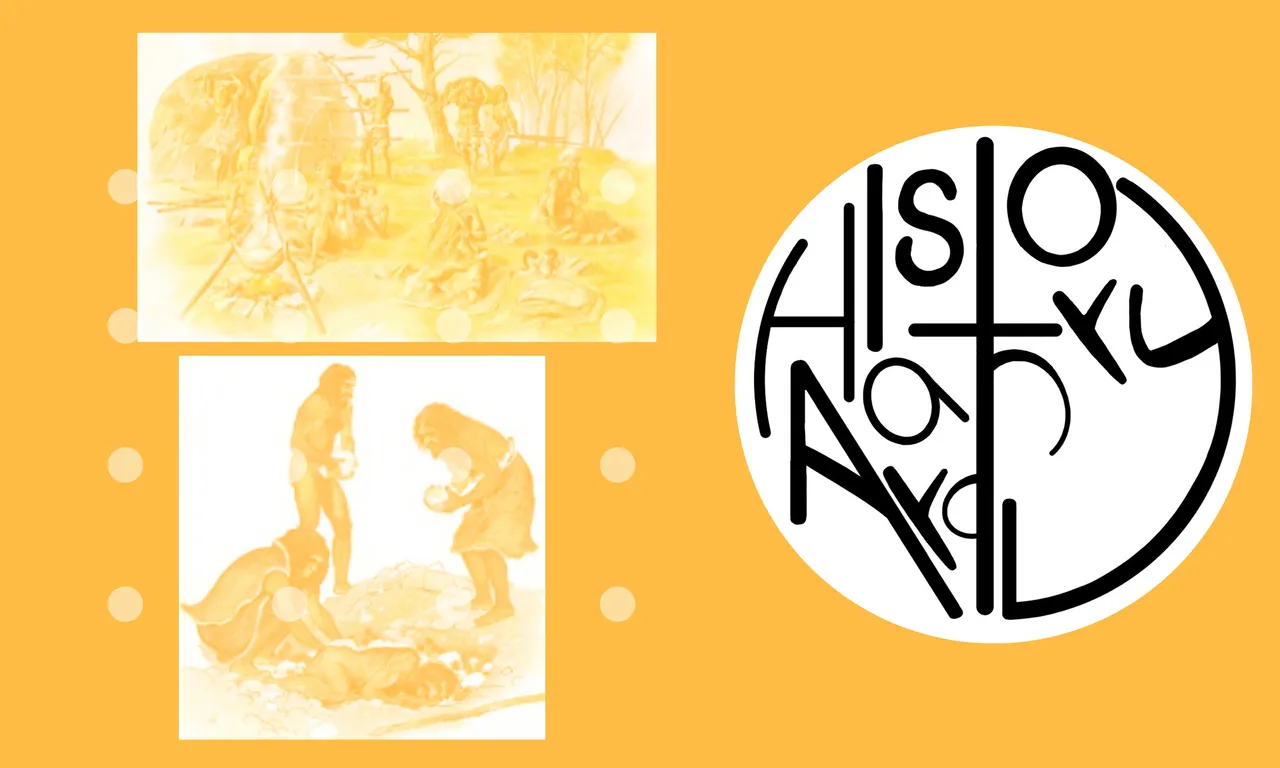
Later we will continue to delve into this and many more topics See you soon! (Everything has been edited from Canva. In addition some pictures taken from Google)
Más adelante continuaremos ahondando en este y muchos más temas ¡Hasta pronto! (Todo ha sido editado desde Canva. Además algunas fotografías extraídas de Google)

This material and those that will continue to be presented are written by @desireeart. All information is taken from their knowledge based on books and academic studies. Verified by university professors.
Este material y los que seguirán presentándose son escritos por @desireeart. Toda la información está tomada de sus conocimientos basado en libros y estudios académicos. Verificado por profesores universitarios.

Material de apoyo para esta publicación: Biblioteca hispana. Editorial ramón sopena.
Support material for this publication: Biblioteca hispana. Editorial ramón sopena